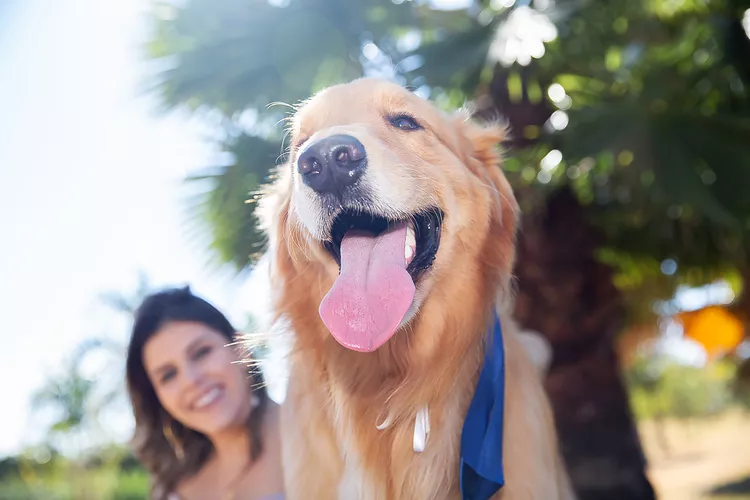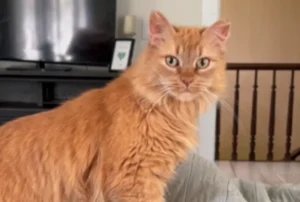Discover Juanita and Lola-Pearl: The Human-Cat Amputee Pair Making a Difference with Animal Therapy

While there is extensive research on therapy animals like dogs, therapy cats are less well-known, often surprising people due to their rarity.
Every morning, Juanita Mengel, a 67-year-old resident of Ohio, carefully warms her prosthetic leg’s silicone liner to avoid the metal’s cold touch when she puts it on. She does the same for her five-year-old dilute tortoiseshell cat, Lola-Pearl, who is missing her left hind leg.
Mengel and Lola-Pearl are part of an estimated 200 therapy cat teams registered in the U.S. through Pet Partners. This nonprofit organization pairs owners and their pets as volunteer teams to provide animal-assisted therapy in settings such as hospitals, nursing homes, and schools.
**What is Pet Therapy?**
Animal therapy involves using specially selected and trained animals to aid therapeutic interventions. “A therapy animal is assessed on their ability to engage with people, not just tolerate but actively enjoy the interaction,” explains Taylor Chastain Griffin, National Director of Animal-Assisted Interventions at Pet Partners.
Pet Partners recognizes nine species as therapy animals: dogs, cats, horses, rabbits, guinea pigs, rats, birds, mini pigs, llamas, and alpacas. Chastain Griffin, who studies the impact of therapy cats, notes that while there is extensive research on therapy dogs, therapy cats are less understood. She cites the “shock factor” when people encounter a therapy cat, as it is less common and can spark new forms of engagement.
**The Cat-Human Amputee Duo**
Mengel realized Lola-Pearl had potential as a therapy cat when she took her to an amputee coalition conference about a month after adopting her. “Lola-Pearl’s ease with people made it clear she would be a great therapy cat,” Mengel says. “People were naturally drawn to her.”
During a recent limb loss support group meeting, Mengel brought Lola-Pearl in a stroller marked ‘Therapy Cat.’ Lola-Pearl interacted with attendees by sitting in the stroller, walking among them, or cuddling in their laps, always choosing those who seemed most receptive.
Mengel describes Lola-Pearl as “very intuitive of people.” In addition to Lola-Pearl, Mengel, a former traveling nurse who lost her left leg in a car accident in 2006, cares for six other felines, many of whom have disabilities.












Post Comment